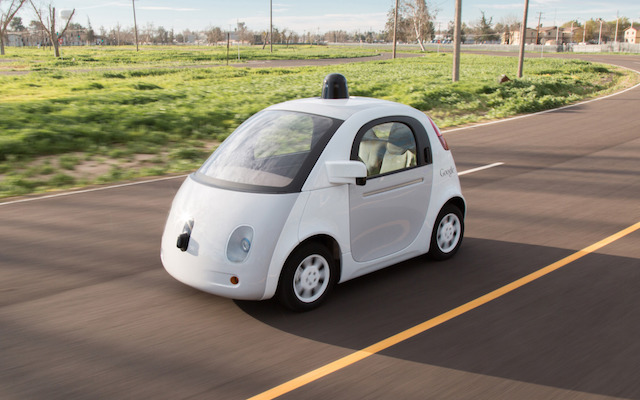
The progress of self-driving cars is taking two steps back for every one step forward, judging by admissions from leading developers like Google.
The technology giant has admitted its self-driving cars failed 272 times in tests on California roads during 2014-15 – and each time drivers had to take immediate control. On 69 other occasions drivers felt compelled to take the wheel.
Google was not alone. Big automotive names like Mercedes-Benz, Volkswagen, and Nissan all reported self-driving failures. So did suppliers Bosch and Delphi Automotive. Together, the companies reported 2894 ‘disengagements’ – where the driver was forced to take over the controls on public roads.
The California state government has allowed 11 companies to run autonomous test programmes on public roads, but seven of the companies were legally obligated to disclose any problems by January 1 this year.

Mercedes-Benz reported 1051 disengagements, VW 260, Nissan 106, Bosch 625, and Delphi 511. Electric car company Tesla reported none, but a spokesman for the company wouldn’t say how many vehicles it was actually testing.
The reported failures came as US Transportation Secretary Anthony Foxx prepares to announce at the Detroit motor show in the next 48 hours new rules accelerating the development of autonomous technologies.
Foxx told the Consumer Electronics Show in Las Vegas last week that regulators had to get self-drive technology into the marketplace as soon as possible.
“We are working through our agency on issues surrounding autonomous vehicles, and what they have to have,” he said. “We have regulations that say a human foot has to be on a pedal. We’re looking at how to adjust our regulatory system to let these technologies take root.”
The upcoming Foxx announcement comes just weeks after the California government adopted preliminary laws that require operators of autonomous cars to hold a special licence for such cars.
Carmakers would also be required to have a third party certify the technology before the cars were offered for sale, according to the proposal. Google said it was “gravely disappointed” in the rules, which were more conservative than many industry insiders expected.

America’s Consumer Watchdog, a nonprofit group and critic of self-drive tests on public roads, has been calling for stricter limits for some time.
“How can Google propose a car with no steering wheel, brakes or driver when its own tests show that over 15 months the robot technology and handed control to the driver 272 times and a test driver felt compelled to intervene 69 times,” said John Simpson, privacy director with Consumer Watchdog.
Google operates 53 autonomous cars, the largest fleet in the US, and vows to continue development. “Thanks to all this testing, we can develop measurable confidence in our abilities in various environments,” said Chris Urmson, director of Google’s self-driving car programme.
“This stands in contrast to the hazy variability we accept in experienced human drivers – never mind the 16-year-olds we send on to the streets to learn amidst the rest of us.
“Although we’re not quite ready to declare that we’re safer than average human drivers on public roads, we’re happy to be making steady progress toward the day we can start inviting members of the public to use our cars.”
